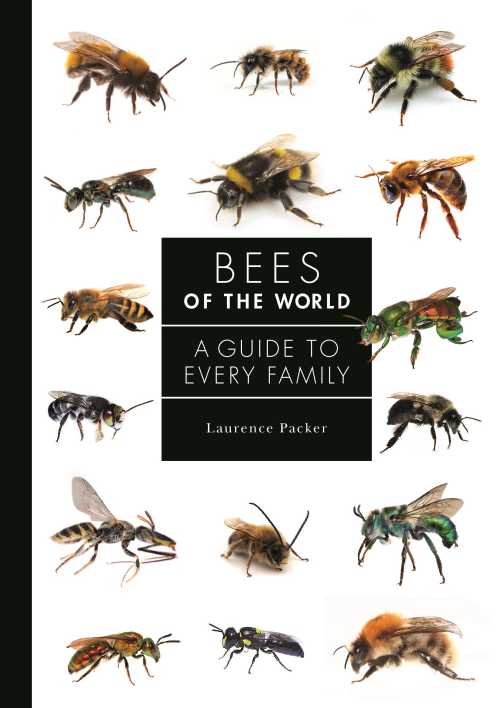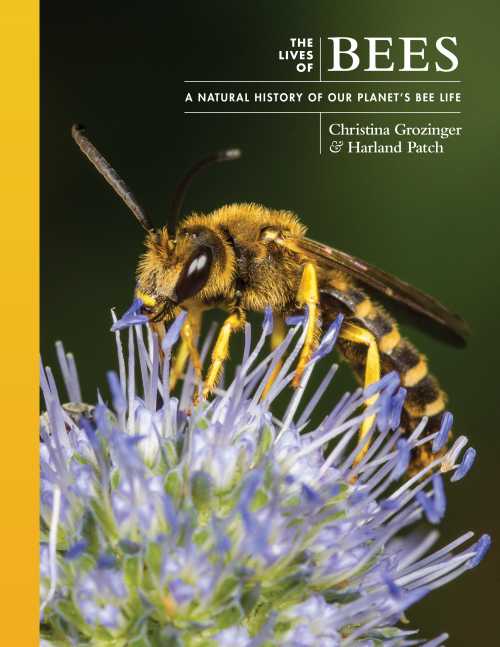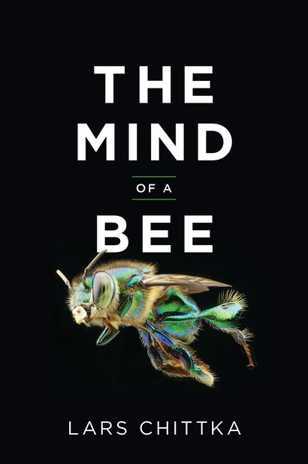How Many Species Of Bee Are There In The World?
When I first built this website, I used a particular statistic throughout, regarding the number of known bee species worldwide.
But with the growing interest in bees, greater efforts have been made to monitor bee populations.
As I write, whereas previously my website stated there are 'about 25,000 bee species' in the world, more recent research mapping recorded species, puts the figure specifically at 20,555 recorded bee species.
However, although the study is an excellent one, the scientists note that there are some technical difficulties and limitations when attempting to compose an accurate global survey and distribution map.
However, I decided to amend my pages to read: 'more than 20,000 known bee species'.
Here, I'll discuss where the original statistic of '25,000' came from, what the more recent data suggests, and why recording the exact number of bee species worldwide is problematic.
Scientists, Organisations And Bee Statistics
When I previously wrote: "... there are about 25,000 known species of bee in the world, with probably more species awaiting discovery," where did I get it from?
This statistic was taken directly from bee expert and academic, Prof Dave Goulson's book: Bumblebees BEHAVIOUR AND ECOLOGY1 in which he states:
"There are currently approximately 25 000 known species of bee, belonging to over 4000 genera."
And also, more recently, authors Wilson & Messinger-Carril in The Bees In Your Backyard2 stated:
"Over 20,000 species of bees have been identified around the world. New species are being found every year, even in places like New York City.
Because new species are continually discovered, scientists estimate that up to 30,000 species might exist worldwide."
Elsewhere, The United Nations writes3:
"Most of the 25,000 to 30,000 species of bees (Hymenoptera: Apidae) are effective pollinators, and together with moths, flies, wasps, beetles, and butterflies, they make up the majority of pollinating species."
But according to the IUCN Bee Specialist Group4:
"There are more than 20,000 species of wild bees ..."
Is the number of known species worldwide, actually 20,000?
That statistic is based on the precise figure of 20,555 recorded species from a study by Orr et al in 20215. The team of scientists from China and Singapore, compiled world data collated from:
- specimens (for example, held in museums and other collections),
- verified observations, and
- published records.
They quantitatively compared this to occurrence data from five public databases.
However, it's worth remembering that the number of (currently) 'known' species, is not the same as the number of 'actual' species.
This is because a) the number of known species is constantly changing, b) there are species to be discovered, so we cannot really know for sure how many there are, and c) because of incomplete or inaccurate records.
Why Is It Difficult To Gather Data About The Number Of Bee Species Globally?
All the scientists can do, is work with the data that is available, and this means there are challenges when it comes to mapping and creating an accurate global picture.
The reasons are as follows:
- Species awaiting description or identification
Orr et al state that: "... millions of museum specimens await identification or even formal description, remaining inaccessible to researchers."
They point out that it is largely due to issues of human resources (i.e. the number of staff with the expertise) to deal with such records.
I think this is astonishing! It means that the official number of known species is likely to be higher than 20,555 - perhaps significantly so. - Data gaps
Orr et al also draw attention to the limited number of records available from some geographical regions. This is largely due to insufficient record gathering and data sharing.
They state that: - Reliability of data
Orr et al highlight the point that there is "... insufficient reliable occurrence data, although the analytical and taxonomic expertise required have also precluded exhaustive analysis of bee distribution."
In other words, of the data we have, not all of it is reliable, especially when collated by lay persons rather than qualified and experienced entomologists.
"Almost 15% of countries have under 5% of their land area sampled, and 55% have under 25% of their area sampled, whereas only 12% of countries have over 95% of their area sampled.
This equates to 90% of North Asia, 86% of South Asia, 82% of Middle East, and 79% of Africa and Eurasia completely unsampled."
In other words, for a large part of the world, we have no idea what the true picture is regarding bee diversity and abundance.
Conclusion
For now, at best, we can say there are more than 20,000 known species of bee. But we must keep in mind the word 'known'. It means 'officially recorded'. We must therefore be careful not to miss out that word, because it clarifies the situation.
This figure will no doubt change in future, as museums gradually describe and identify the backlog of species held (a huge task!), whilst yet more species are found.
However, the true number of bee species globally, is actually unknown.
Bees Of The World - Book Review
References
1. Goulson, D. 2003. Bumblebees, Behavior and Ecology. Oxford Univ. Press, Oxford, U.K.
2. Wilson & Messinger-Carril; The Bees In Your Backyard, Princeton University Press 2016.
3. Why do we need pollinators? https://shorturl.at/2pn1K (Archived).
4. IUCN Wild Bee Specialist Group https://shorturl.at/SIGtr
5. Orr MC, Hughes AC, Chesters D, Pickering J, Zhu CD, Ascher JS. Global Patterns and Drivers of Bee Distribution. Curr Biol. 2021 Feb 8;31(3):451-458.e4. doi: 10.1016/j.cub.2020.10.053. Epub 2020 Nov 19. Erratum in: Curr Biol. 2023 Apr 24;33(8):1624. doi: 10.1016/j.cub.2023.03.058. PMID: 33217320.
If you found this page helpful or interesting, I'd really be grateful if you would share it with others - if not this page, perhaps another, such as Gardening For Bees.
Thank you so much :) .


